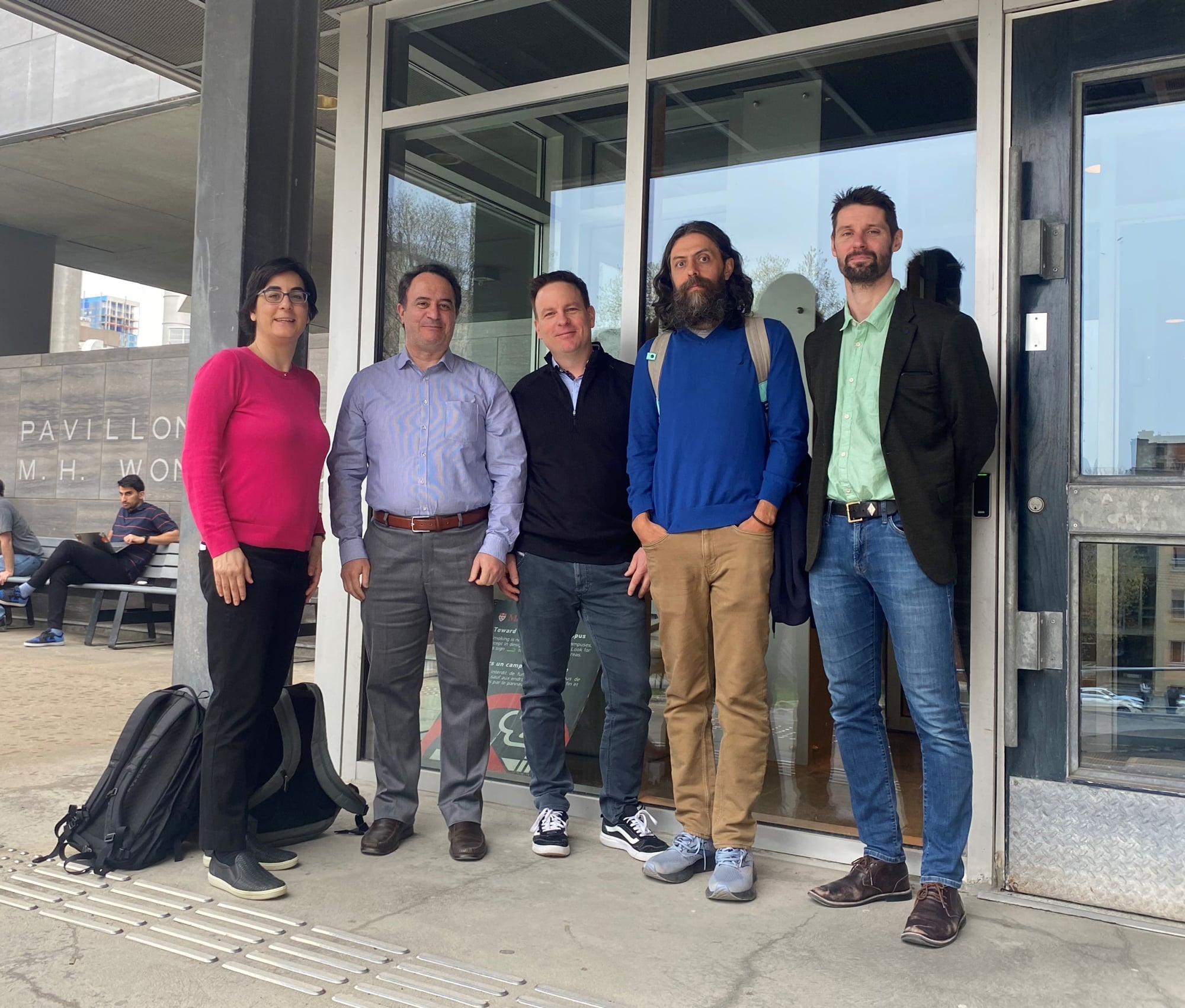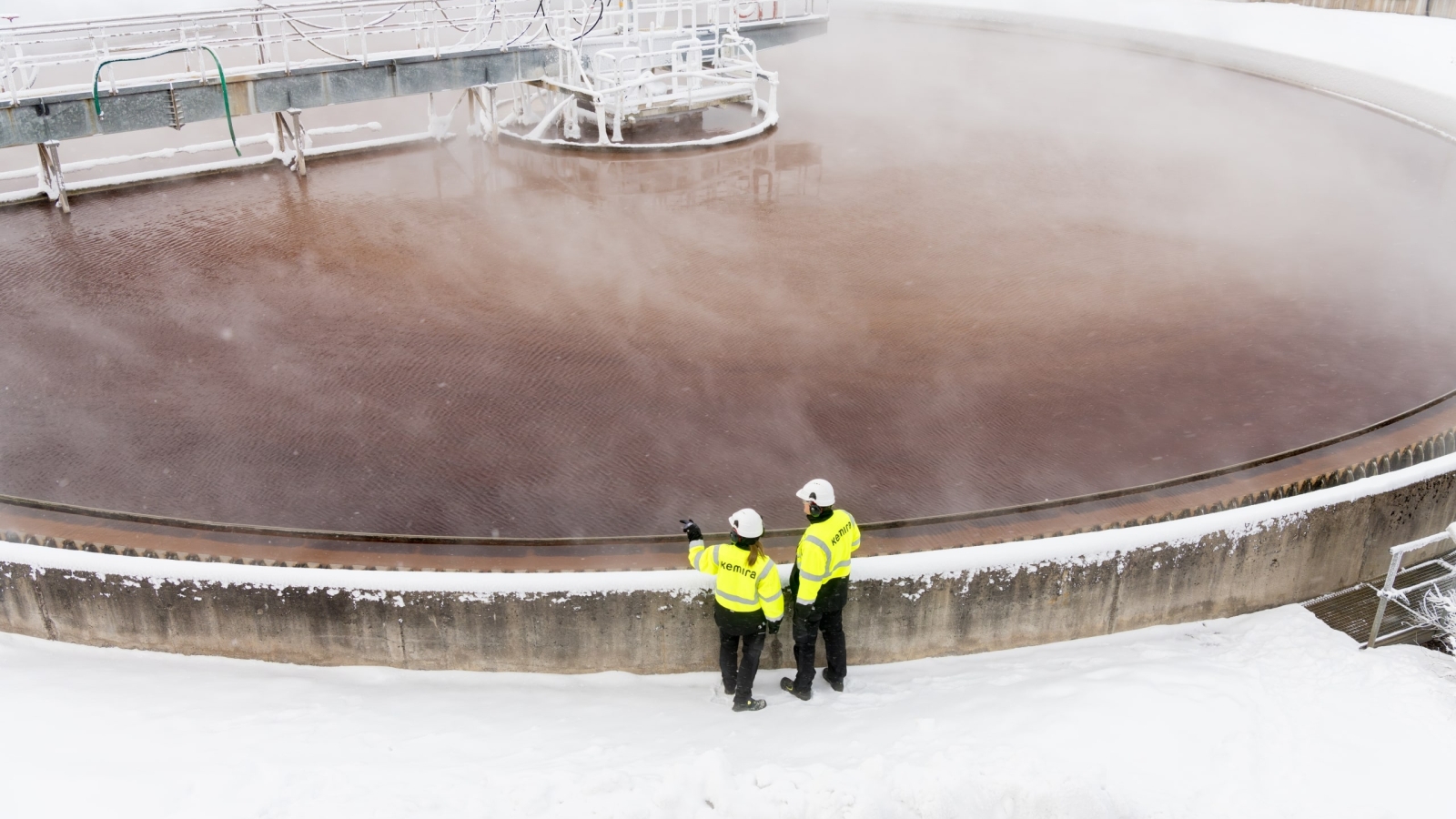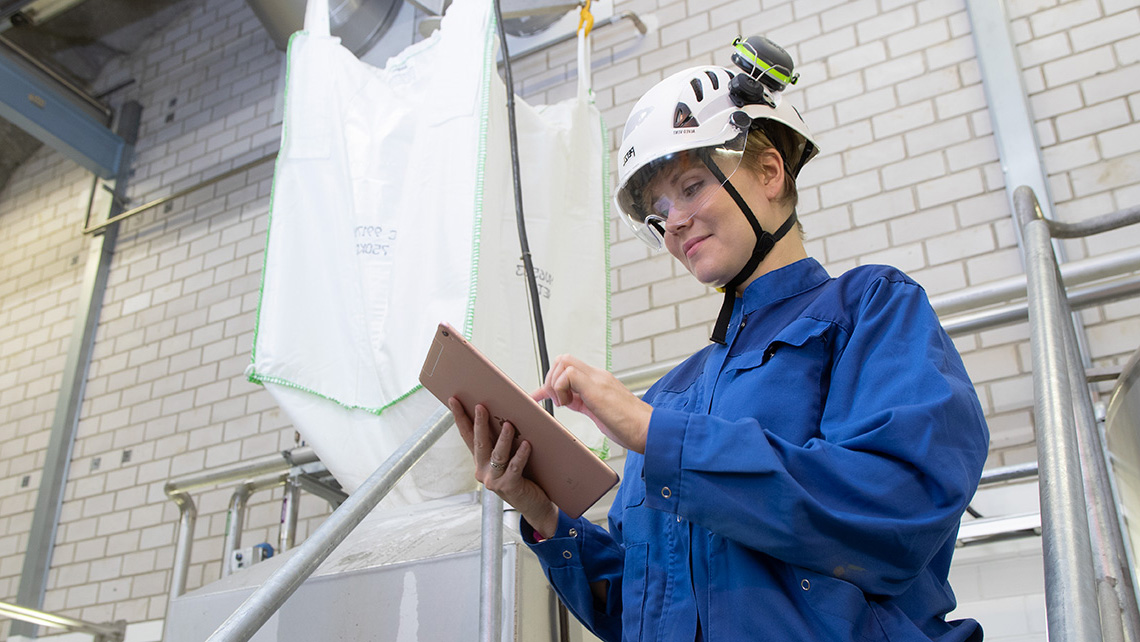Innovative Solutions for Removing Emerging Water Contaminants
The project, Increasing the Capacity and Resilience of Water Treatment and Managing Infrastructure for Emerging and Regulated Contaminants, seeks to develop new methods to remove common and emerging contaminants from water. Standardized pollutants such as phosphorus, suspended solids, turbidity, organic matter, and disinfection by-products will be studied, as well as recalcitrant and emerging contaminants such as nanoplastics, microplastics, perfluorinated compounds, hydrocarbons, metals, and viruses. These pollutants pose significant health risks, and their removal is essential for protecting the public and the environment.
Treatment options include innovative processes, products, and materials to handle the increasing pressure on water treatment facilities. The research objective is to improve water treatment efficiency by utilizing super-flocculants and high-performance separation processes and developing more effective coagulants. These materials are designed to enhance pollutant removal and ensure cleaner water.
Professor Mathieu Lapointe from the Department of Construction Engineering at École de Technologie Supérieure (ÉTS) à Montréal is leading this exciting initiative to improve the performance of water treatment systems. Dr. Lapointe’s expertise lies in environmental engineering and water treatment, encompassing both standard and emerging contaminants. Professor Lapointe is a two-time recipient of the Ordre des ingénieurs du Québec Honoris Genius Award, once for Emerging Engineers and once for Sustainable Development. He currently teaches a course on conventional and advanced water treatment processes.
Professor Lapointe, is partnering with the Natural Sciences and Engineering Research Council of Canada, McGill University, Mitacs, Kemira Water Solutions Canada Inc., and the City of Victoriaville. This five-year, CAD 1.4 million initiative aims to address the growing demand for clean water due to population growth and climate change.
This project draws upon the expertise of several water experts, including Professor Nathalie Tufenkji from McGill University, where she holds the prestigious Tier I Canada Research Chair in Biocolloids and Surfaces. Dr. Tufenkji’s contributions to sustainable development and the control of harmful bacteria have been recognized globally, culminating in her election as a Fellow of the Royal Society of Canada and the Canadian Academy of Engineering. She received the Killam Research Fellowship for her work on plastic pollution in soils and freshwater.
Pascal Morin, Director of Applications and Market Development with Kemira Water Solutions Canada Inc., has 25 years of experience in water-intensive industries. His main competencies include water treatment, raw water management, effluent processing, sludge dewatering, phosphorus precipitation, odor control, and biocide application for industrial and municipal applications.

Why is it Crucial for the Water Treatment Industry
As population growth and climate change continue to impact water resources, innovative solutions are needed to ensure water treatment systems’ capacity, sustainability, and resilience. This research will help municipalities adapt to the arising challenges and provide safe and clean water for communities now and in the future. “Urban water management and treatment infrastructures are increasingly strained by population growth, leading to increased demand for drinking water. The growing population density is enlarging the presence of emerging contaminants resistant to conventional treatment solutions,” explains Lapointe.
Urban water management and treatment infrastructures are increasingly strained by population growth, leading to increased demand for drinking water.
The advancements made through this project will benefit both the water treatment industry and Canadian residents. This research engages numerous industry experts and highlights the critical role of academia-industry partnerships in creating practical, large-scale solutions to safeguard public health and the environment. “I chose a career in engineering because I wanted to make an impact by designing technical solutions to address global problems related to the environment and public health,” says Tufenkji.
Climate change has led to more frequent and severe flooding, further stressing water treatment facilities and highlighting the need for robust water management systems in Canada. “Increased rainfall due to climate change negatively impacts contaminant removal by causing more frequent overflows of untreated wastewater,” explains Morin.
It’s an exciting time for the water treatment community, as we work together to shape more resilient and sustainable solutions. Kemira Water Solutions Canada Inc. is proud to contribute to this joint effort, bringing our chemistry expertise to support long-term impact.


